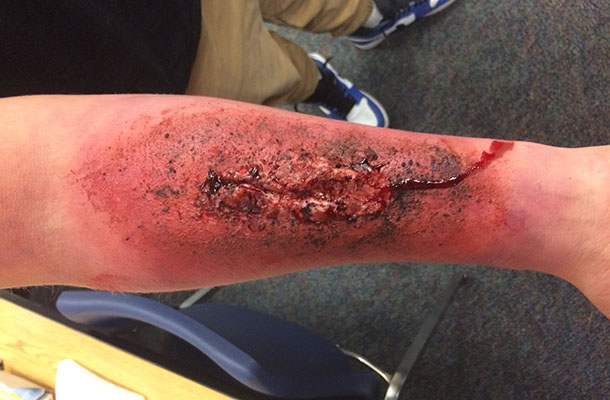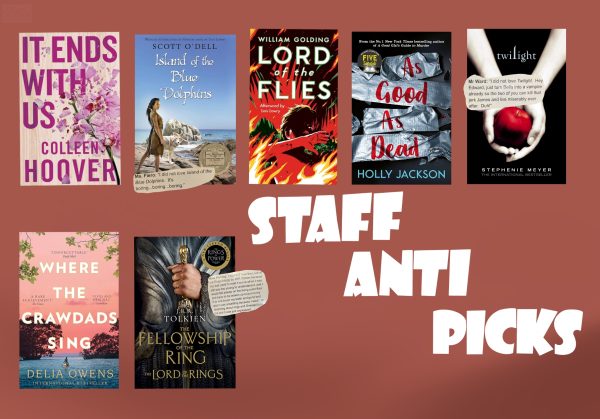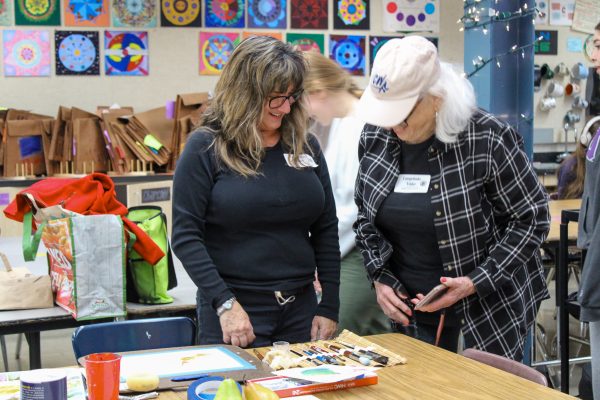Video Production Simulates Trauma Injuries
October 10, 2018
Video Production 2, 3 and 4 used “moulage,” a type of fake gore made for emergency response training, as stage makeup in their film project at Hacienda de las Flores on September 24.
A volunteer from the Contra Costa County Sheriff Department’s Search and Rescue (CoCoSAR), Beth Smith, visited on September 18-19 to show the classes how moulage is used in their training exercises. Emergency responders are often trained to act in staged scenarios meant to closely replicate an emergency.
Video teacher Justin Seligman connected with Smith through Boy Scout troop 810, for which he volunteers as the community service coordinator.
Video Production 2 sophomore Alex Clare said that Smith “told us a story about having some Boy Scouts pretending they were in an earthquake. They got the moulage on themselves and the boy scouts went out to lunch after but still had on all the fake injuries at California Pizza Kitchen and they got free food because everyone thought they were injured.”
During the presentation, 1 student from each film project group had the chance to apply the moulage themselves. They mixed vaseline, cornstarch, chalk and cocoa powder to simulate a wound filled with fake blood and applied it to another person. Sophomore Jonathan Hays, who got to practice the fake gore, said, “You have to be pretty creative with it.”
The skills they learned in the presentation became part of the film project. Clare incorporated the moulage into his film by staging a fight. “Its cool how real the injuries look,” he said.
Hays added that they used moulage on an actor to simulate a stab wound on the back.
The classes cast 6 Advanced Drama students who auditioned for the roles and shot the scenes at the Hacienda de las Flores. Seligman said that the project was different this year because the video production classes were filming off campus.
“Scheduling was just a real nightmare with all the different schedules students have so this year we’re doing a lot of field trips,” said Seligman.
Video production classes are also now limited on where they can film on campus in order to avoid disruption of other classes. According to Clare, the policy makes it especially difficult to film projects in Video Production 1.
Seligman said, “The process works most smoothly when all my students and the actors can have a large quantity of time to get their film shot.” The field trips, although requiring more planning, should allow students to film in more exciting environments they wouldn’t have tried before, according to Seligman.





